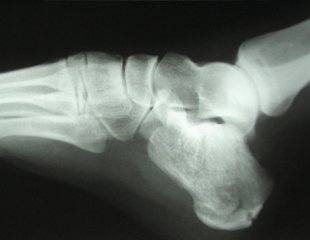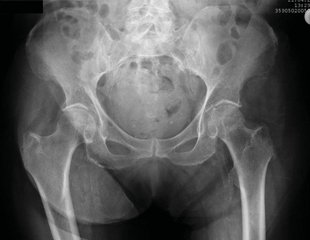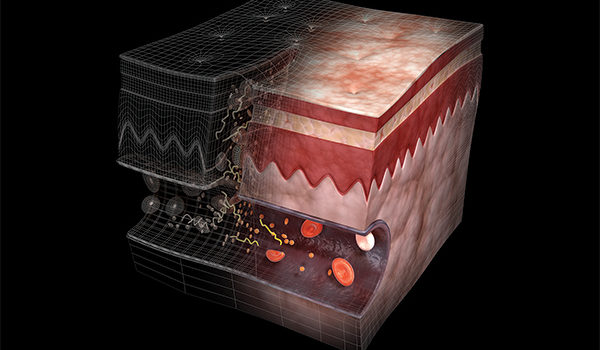In 2015, Merchant Medicine (Shoreview, Minnesota) released data from a detailed national study conducted in 2014 regarding U.S. patients’ preferences regarding retail clinics versus urgent care clinics versus primary-care physicians’ offices. The survey involved more than 2,000 adults between the ages of 18 and 54 years and was conducted by Sparks Research and Merchant Medicine on behalf of DXM Marketing Group. Survey data showed that the reasons patients chose a specific type of health-care setting …
Read MoreImpacted Cerumen
Q. When a patient comes in with ear pain due to impacted cerumen, the health-care provider would normally instruct the nurse to perform ear irrigation. If the irrigation successfully removed the impacted cerumen, the procedure would be considered part of any evaluation and management (E/M) service and we could not bill for the service separately. With new rules regarding cerumen removal this year, can we get reimbursed for the ear irrigation if it is not …
Read More
Heel and Ankle Pain in an Adult After a Jump from a Second-Floor Window
A 38-year-old man presents to an urgent care center and reports pain in his right heel and ankle that he describes as severe enough that he cannot walk on the foot. He says that the pain began the previous evening when he landed on the group after jumping out of a second-floor window on a dare. He has some minimal paresthesia, but he has no fever, vomiting, head trauma, head or neck pain, or chest …
Read More
Hip Pain in an Adult After a Fall
A 67-year-old woman presents to an urgent care center after 12 hours of pain in her right hip that began after she slipped in her kitchen and fell onto that hip. She reports that the pain is constant and worsens with walking. She has not experienced numbness in the hip, and she reports no other injuries. She has not sustained any head trauma, and she has no head or neck pain. View the image taken …
Read MoreAbstracts In Urgent Care – June 2016
SEAN M. McNEELEY, MD Longer-Term Antibiotic Treatment and Persistent Lyme Disease Symptoms Key point: Longer therapy for Lyme disease is not helpful. Citation: Berende A, ter Hofstede HJ, Vos FJ, et al. Randomized trial of longer-term therapy for symptoms attributed to Lyme disease. N Engl J Med. 2016;374:1209–1220. Lyme disease continues to be in the news because persistent symptoms after infection are of great concern. In a double- blind, placebo-controlled study, researchers gave antibiotics for …
Read More
Poisoning of a Child Because of an Older Sibling’s Habit
Urgent message: Be aware of new fads and habits that are growing in popularity. Some of them can result in life-threatening symptoms and serious permanent health consequences. Introduction Vomiting is a common presentation in the urgent care setting, especially in the pediatric population. With children, health-care providers must start with a comprehensive differential diagnosis because of the difficulty in obtaining accurate information directly from the patient. The medical history, often presented by the parent, must be carefully sorted through for clues to a …
Read MoreCritical Due Diligence Issues for Buyers and Sellers of Urgent Care Centers
Urgent message: Because deal activity for urgent care centers has been on the rise, prospective buyers and sellers of urgent care centers should understand key issues in preparing a center for sale or acquisition, sharing information, and ensuring compliance with the doctrine of corporate practice of medicine and with other health-care regulations. Introduction No segment of the U.S. health-care services industry has seen more merger and acquisition activity over the past few years than the urgent care market (which includes occupational health). Dozens …
Read More
Joint Ventures Between Health Systems and Urgent Care: Achieving the Best of Both Worlds
Urgent message: As hospitals and health systems develop and grow +their urgent care footprints, many leverage the expertise and experience of outside partners. Five common affiliation models fit differing strategic objectives and distinct market conditions. As the number of urgent care centers increases across the United States, so too do the variety of urgent care center models and the ways in which urgent care centers seek to meet the growing demand for urgent care. Gone are the …
Read More
Nonhealing Wounds, Part 1: Diagnosis in the Urgent Care Center
Urgent message: Nonhealing wounds not only are prevalent but also are complex in terms of wound management and treating the accompanying comorbid disease. By both recognizing the diagnosis and understanding how to treat these wounds, urgent care providers have the opportunity to differentiate life-threatening illness from lifeinhibiting disease and improve outcomes for patients. An estimated 6 million people in the United States have a nonhealing wound, with a 1% lifetime incidence for the total population.1,2 This number is expected to increase with the …
Read More
Freestanding ER Sticker Shock Still an Issue Despite Transparency Laws
Urgent care operators who face competition from freestanding emergency rooms should emphasize cost differences compared with urgent care, and remind patients that vigilance may be needed to tell the difference between the two. Patients in Texas, for example, are finding that a new law requiring freestanding emergency rooms to post notices that fees may be comparable to a hospital emergency room doesn’t go far enough in preventing surprisingly big bills postcare. One problem: The nature …
Read More